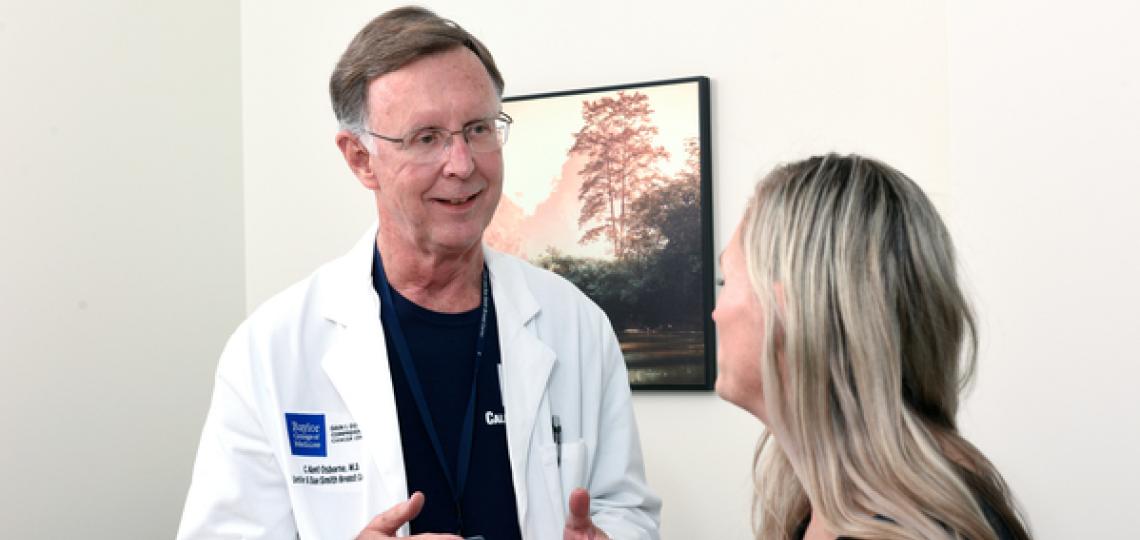
What You Need to Know
Breast cancer is the most common form of cancer in women. Cancer occurs when cells become abnormal and divide without any order or control. The most common types of breast cancer are ductal carcinoma (in the lining of the breast duct) and lobular carcinoma (in the breast lobule).
Breast cancer that has spread outside of the breast is often found in the lymph nodes under the arm. If the cancer has reached the lymph nodes, this may indicate that the cancer has spread to other parts of the body such as bone, lungs, or liver. This is called metastatic breast cancer.
Prevention and Risk Factors
Preventative steps can help you avoid breast cancer. These include:
- Eating a healthy low-calorie diet. It’s to focus more on calorie intake as opposed to specific types of foods. Maintaining a normal BMI (body mass index) is very important are those who are obese or overweight are at a higher risk for breast cancer.
- Limiting alcohol consumption to 3 or fewer drinks/week. If you drink alcohol, consider taking 800ug of folic acid daily, which was protective of breast cancer in a study.
- Regular exercise of at least 3-5 hours a week.
- Breastfeeding each child for at least one year, if able.
Other risk factors out of our control that can increase your chances of getting breast cancer include:
- Starting menstrual cycles before the age of 12
- Late menopause after age 55
- Dense breasts
- Having the first child after age 30, or not having children at all
- Combination estrogen/progesterone hormone replacement therapy
- Family and personal history of breast cancer
Symptoms
Early breast cancers usually do not cause symptoms or pain, but as the cancer grows, changes can occur. Patients may notice a lump of thickening in or near the breast or underarm and can experience changes in the size or shape of the breast, areola, or nipple that are dimpled, puckered, or scaly.
Screening and Diagnosis
Offering comprehensive services in one location, the Lester and Sue Smith Breast Center provides patients with convenient, state-of-the-art, digital breast imaging techniques for mammograms and ultrasounds. Our same-day testing and biopsy program helps identify and detect breast cancer early following an abnormal mammogram.
The American Cancer Society recommends annual mammograms for women 45 to 54. Women 55 and older can switch to mammograms every two years or continue yearly screening. Screening should continue as long you are in good health.
Treatments
Breast cancer is not a single disease, and there are multiple subtypes that respond to different kinds of treatments. Our team of surgeons and medical and radiation oncologists consult and collaborate to ensure each treatment is optimized to meet the patient's needs. Treatments can include surgery, chemotherapy, medications with anti-estrogen or endocrine therapy, radiation therapy, immunotherapy, and supportive therapies.
Patients also have access to National Cancer Institute-sponsored breast cancer clinical trials.
Beyond your medical treatment, the staff at the Breast Care Center offer a range of supportive services to help patients and their families cope with the emotional impact of breast cancer.








